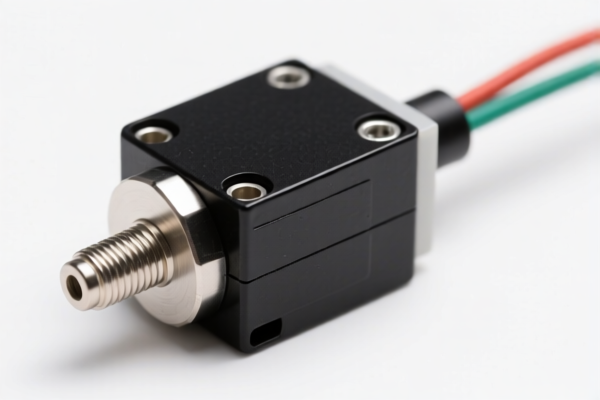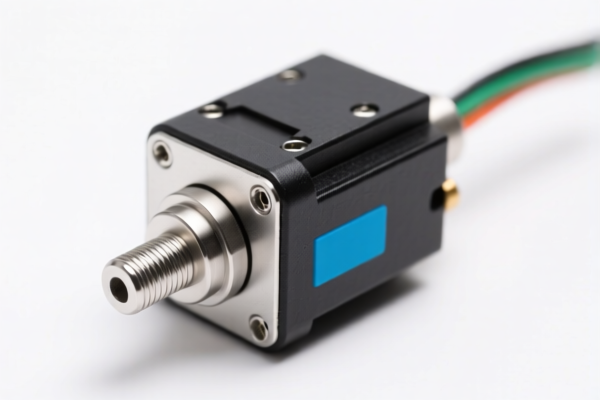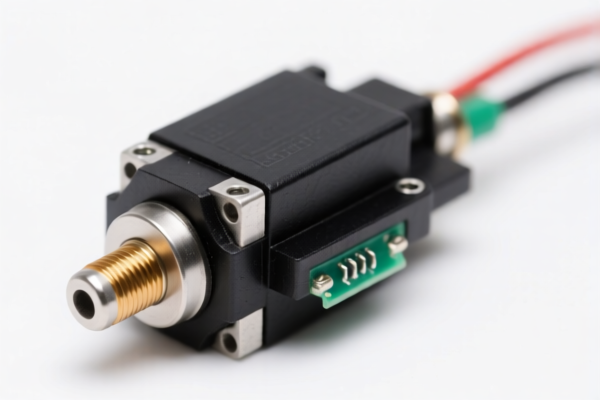| HS Code | Official Doc | Tariff Rate | Origin | Destination | Effective Date |
|---|---|---|---|---|---|
| 8501343000 | Doc | 57.8% | CN | US | 2025-05-12 |
| 8503009000 | Doc | 55.0% | CN | US | 2025-05-12 |
| 8503009520 | Doc | 83.0% | CN | US | 2025-05-12 |
| 8543708000 | Doc | 55.0% | CN | US | 2025-05-12 |
| 8543708800 | Doc | 30.0% | CN | US | 2025-05-12 |
| 8412298015 | Doc | 55.0% | CN | US | 2025-05-12 |
| 8412298060 | Doc | 55.0% | CN | US | 2025-05-12 |
| 8479899550 | Doc | 32.5% | CN | US | 2025-05-12 |
| 8479909596 | Doc | 80.0% | CN | US | 2025-05-12 |




Electronic Actuator
An electronic actuator is a device that converts electrical energy into mechanical motion. They are fundamental components in a wide range of automated systems, providing controlled movement for various applications.
Material
Electronic actuators utilize diverse materials dependent on the specific type and application. Common materials include:
- Metals: Steel, aluminum, brass are used for structural components, housings, gears, and shafts.
- Plastics: Polymers like ABS, polycarbonate, and nylon are employed for housings, insulation, and certain internal parts due to their lightweight and insulating properties.
- Magnetic Materials: Ferrites, neodymium magnets, and other magnetic alloys are crucial for actuators relying on electromagnetic principles (solenoids, voice coils).
- Semiconductors: Silicon is the base material for controlling circuitry within the actuator (drivers, sensors).
- Piezoelectric Ceramics: Used in piezoelectric actuators for precise, small-displacement movements.
- Shape Memory Alloys: Alloys like Nitinol are used in shape memory alloy actuators, which change shape in response to temperature changes.
Purpose
The primary purpose of an electronic actuator is to provide controlled, repeatable mechanical motion. This motion can be:
- Linear: Movement in a straight line (e.g., extending a robotic arm, opening/closing a valve).
- Rotary: Movement in a circular path (e.g., rotating a motor shaft, turning a knob).
- Oscillatory: Repeated back-and-forth movement.
Function
Electronic actuators function by receiving an electrical signal as input and converting it into mechanical output. The specific mechanism of conversion varies by actuator type. Key functional elements include:
- Control Circuitry: Receives and processes electrical signals, often including drivers to amplify the signal.
- Motor/Force Generation Element: The component that produces the mechanical force or torque (e.g., a DC motor, a solenoid coil, a piezoelectric element).
- Transmission System: Gears, linkages, or other mechanisms to convert the motor’s output into the desired motion (e.g., speed reduction, torque amplification).
- Feedback Sensors: (Optional) Provide information about the actuator’s position, velocity, or force, enabling closed-loop control.
Usage Scenarios
Electronic actuators are found in countless applications, including:
- Robotics: Joint movement, gripping, locomotion.
- Automotive: Throttle control, valve operation, power steering.
- Aerospace: Flight control surfaces, landing gear operation.
- Industrial Automation: Valve control, conveyor systems, pick-and-place machines.
- Medical Devices: Prosthetics, surgical robots, drug delivery systems.
- Home Automation: Smart locks, window openers, automated blinds.
- Consumer Electronics: Camera lens focusing, printer head positioning.
Common Types
- Solenoid Actuators: Utilize electromagnetic force to create linear motion. Simple, cost-effective, and widely used for on/off applications.
- DC Motor Actuators: Employ DC motors coupled with gearboxes to provide rotary or linear motion. Offer precise control and high torque.
- Stepper Motor Actuators: Provide precise, incremental rotary motion. Ideal for applications requiring accurate positioning.
- Servo Motor Actuators: Combine a DC motor, gearbox, and feedback control system for precise position, velocity, and torque control.
- Piezoelectric Actuators: Utilize the piezoelectric effect to generate small, precise linear movements. Used in micro-positioning applications.
- Shape Memory Alloy (SMA) Actuators: Change shape in response to temperature changes, providing unique actuation capabilities.
- Voice Coil Actuators: Utilize electromagnetic force to create linear motion with high speed and precision. Often used in hard disk drives and optical systems.
- Linear Actuators: A general term for actuators that produce linear motion, encompassing various technologies (solenoids, DC motors with lead screws, hydraulic cylinders).
- Rotary Actuators: A general term for actuators that produce rotary motion, including stepper motors, servo motors, and pneumatic rotary actuators.
Based on the provided information, identifying the precise HS code for “electronic actuator” requires careful consideration of its function and application. Here are potential HS codes based on the available descriptions:
- 8501343000: This code covers “Electric motors and generators (excluding generating sets): Other DC motors; DC generators, other than photovoltaic generators: Of an output exceeding 375 kW: Motors”. If the electronic actuator functions as a DC motor with an output exceeding 375 kW, this code may be applicable. The total tax rate is 57.8% (Base tariff: 2.8%, Additional tariff: 25.0%, Post-April 2, 2025, additional tariff: 30.0%).
- 8543708000: This code covers “Electrical machines and apparatus, having individual functions, not specified or included elsewhere in this chapter; parts thereof: Other machines and apparatus: Other: Microwave amplifiers”. If the electronic actuator is classified as a specialized electrical machine with a specific function not elsewhere classified, and it is not a microwave amplifier, this code could be considered. The total tax rate is 55.0% (Base tariff: 0.0%, Additional tariff: 25.0%, Post-April 2, 2025, additional tariff: 30.0%).
- 8543708800: This code covers “Electrical machines and apparatus, having individual functions, not specified or included elsewhere in this chapter; parts thereof: Other machines and apparatus: Other: Other Electrical machines with translation or dictionary functions; video game console controllers which use infrared transmissions to operate or access the various functions and capabilities of the console”. If the electronic actuator performs translation or dictionary functions, or is a video game console controller utilizing infrared transmissions, this code may be relevant. The total tax rate is 30.0% (Base tariff: 0.0%, Additional tariff: 0.0%, Post-April 2, 2025, additional tariff: 30.0%).
- 8479899550: This code covers “Machines and mechanical appliances having individual functions, not specified or included elsewhere in this chapter; parts thereof: Other machines and mechanical appliances: Other: Other Oil and gas field wireline and downhole equipment”. If the electronic actuator is specifically designed for oil and gas field wireline and downhole applications, this code could apply. The total tax rate is 32.5% (Base tariff: 2.5%, Additional tariff: 0.0%, Post-April 2, 2025, additional tariff: 30.0%).
According to the provided reference material, the HS code options related to 'electronic actuator' are limited, with only the following 4 found.
It is important to note that the final HS code determination depends on the specific characteristics, function, and intended use of the electronic actuator. Please verify the material composition and intended application to ensure accurate classification.
Customer Reviews
No reviews yet.